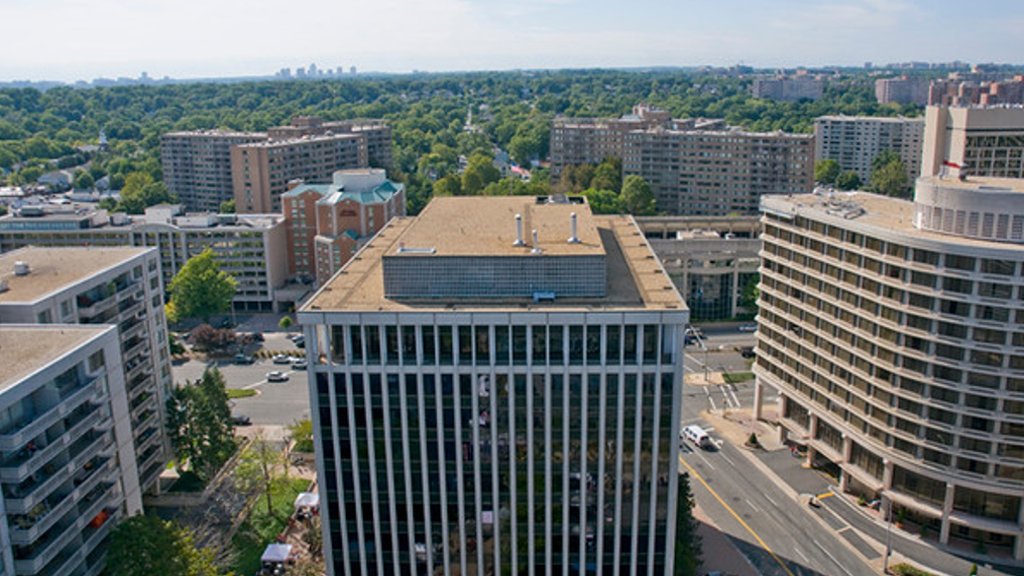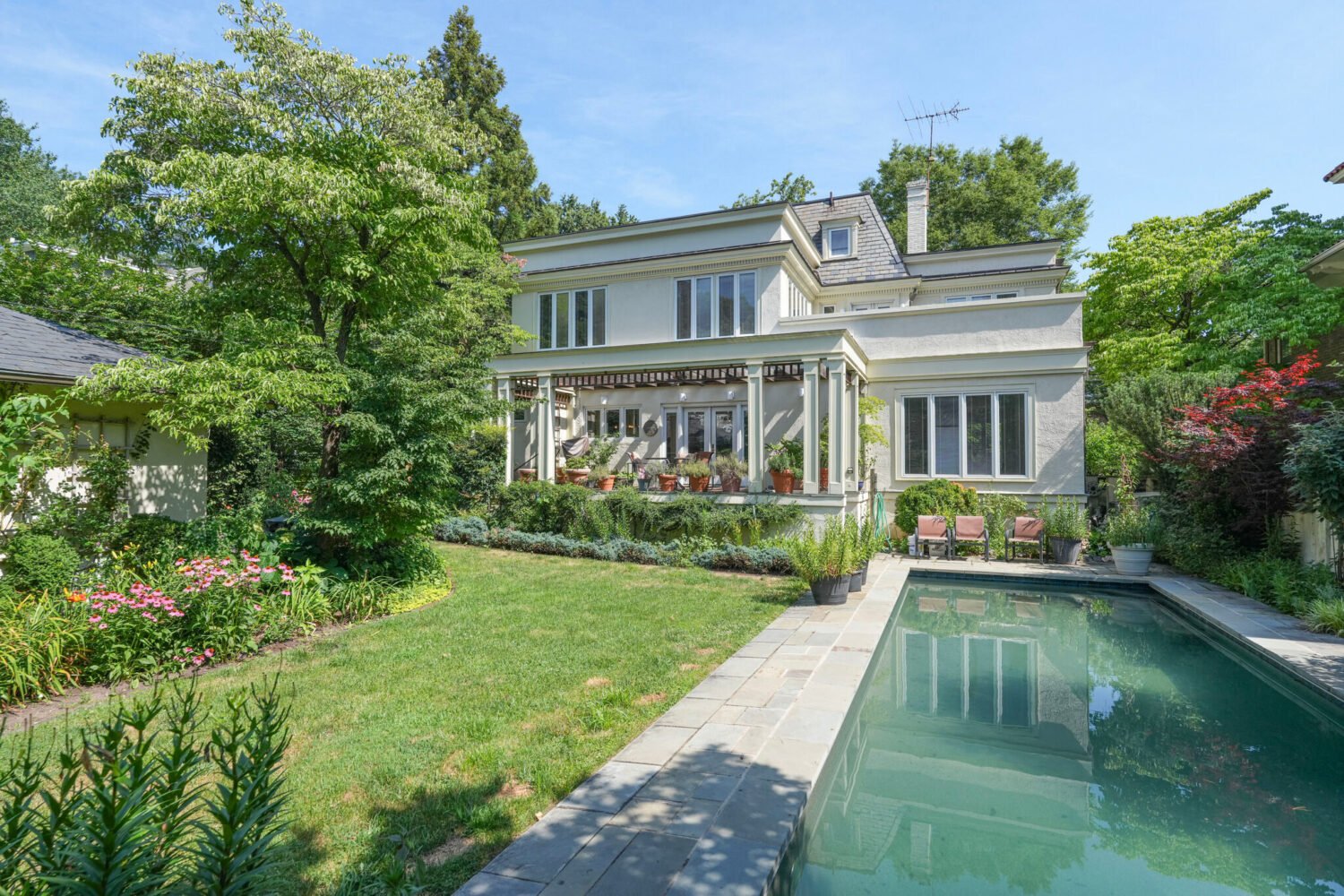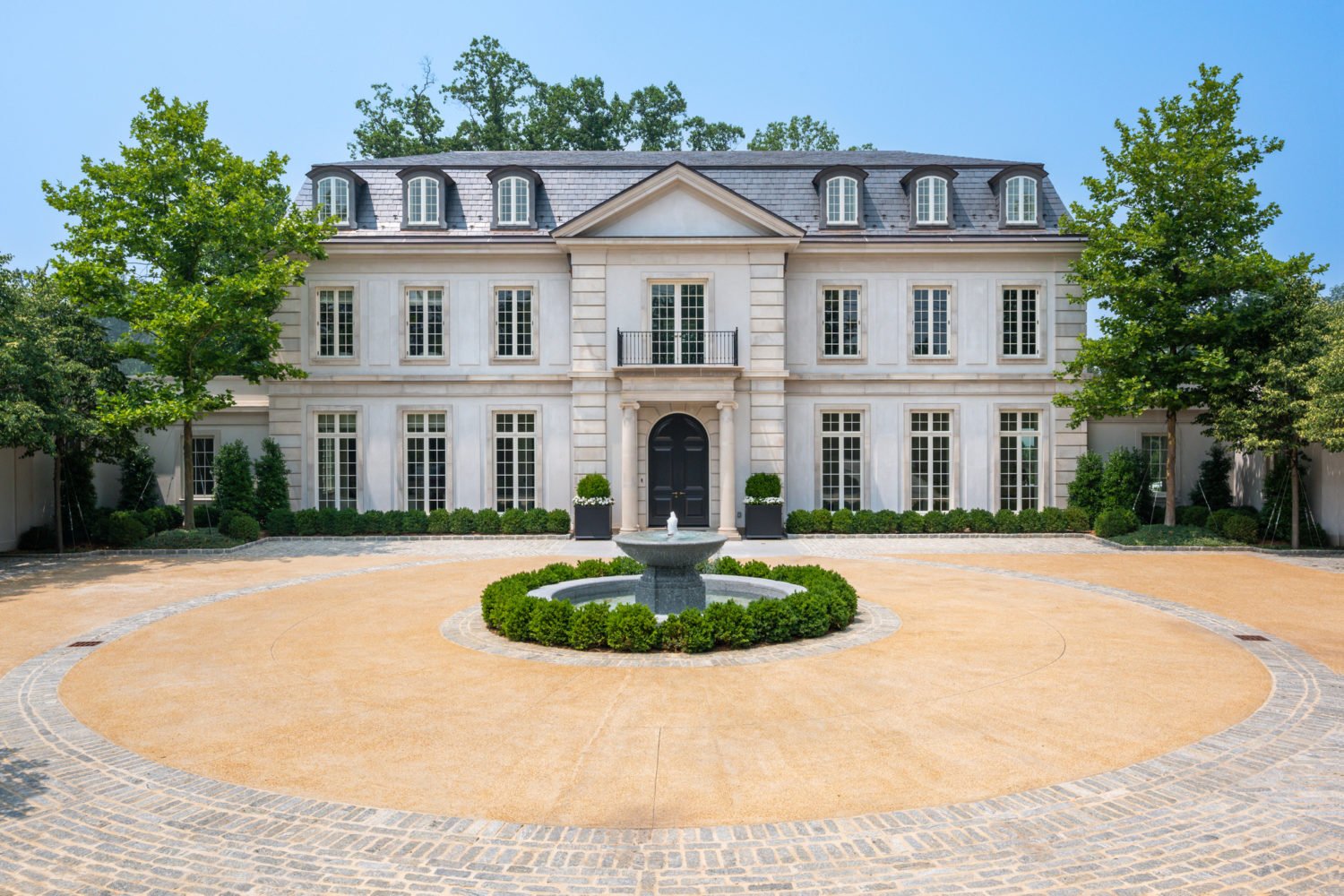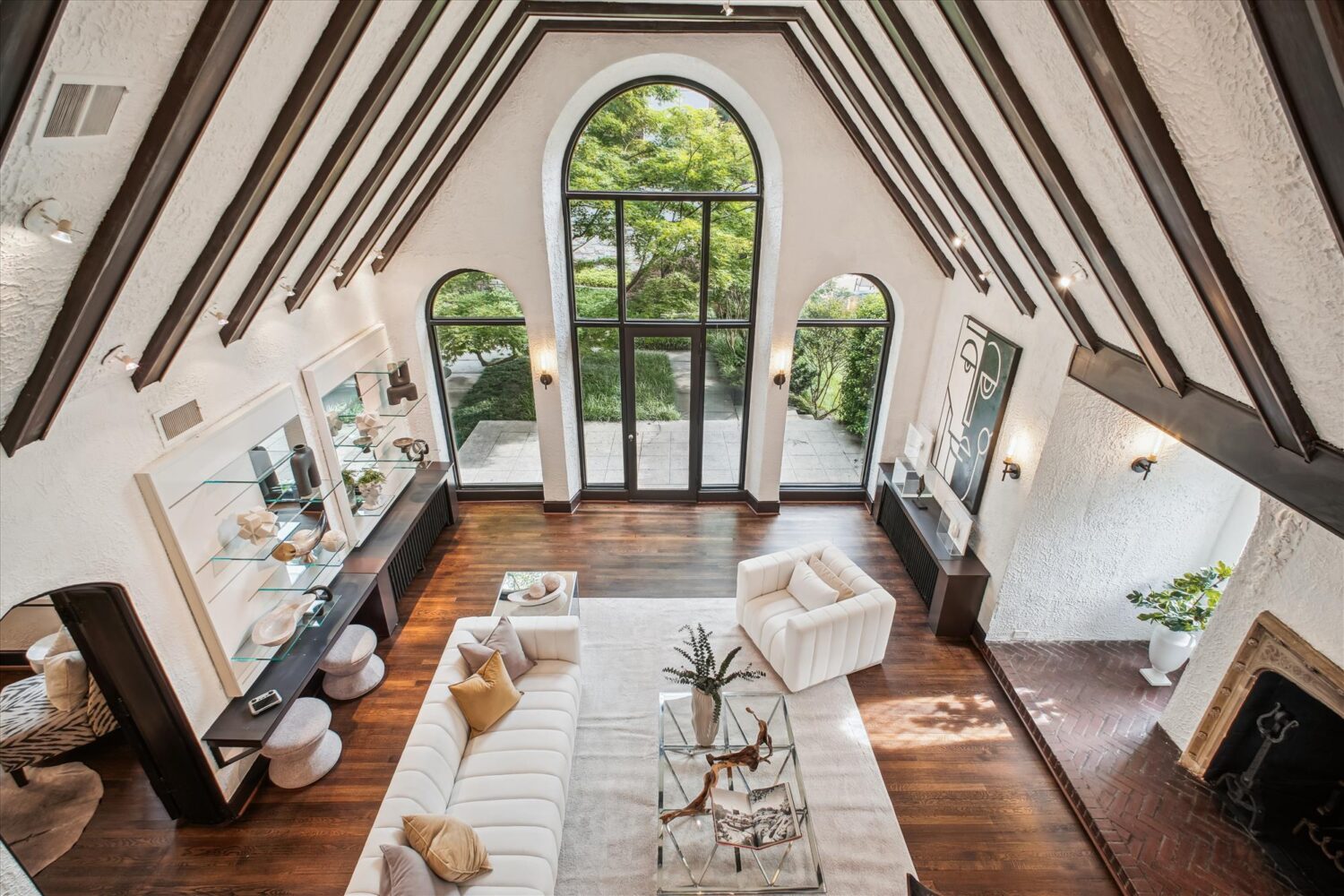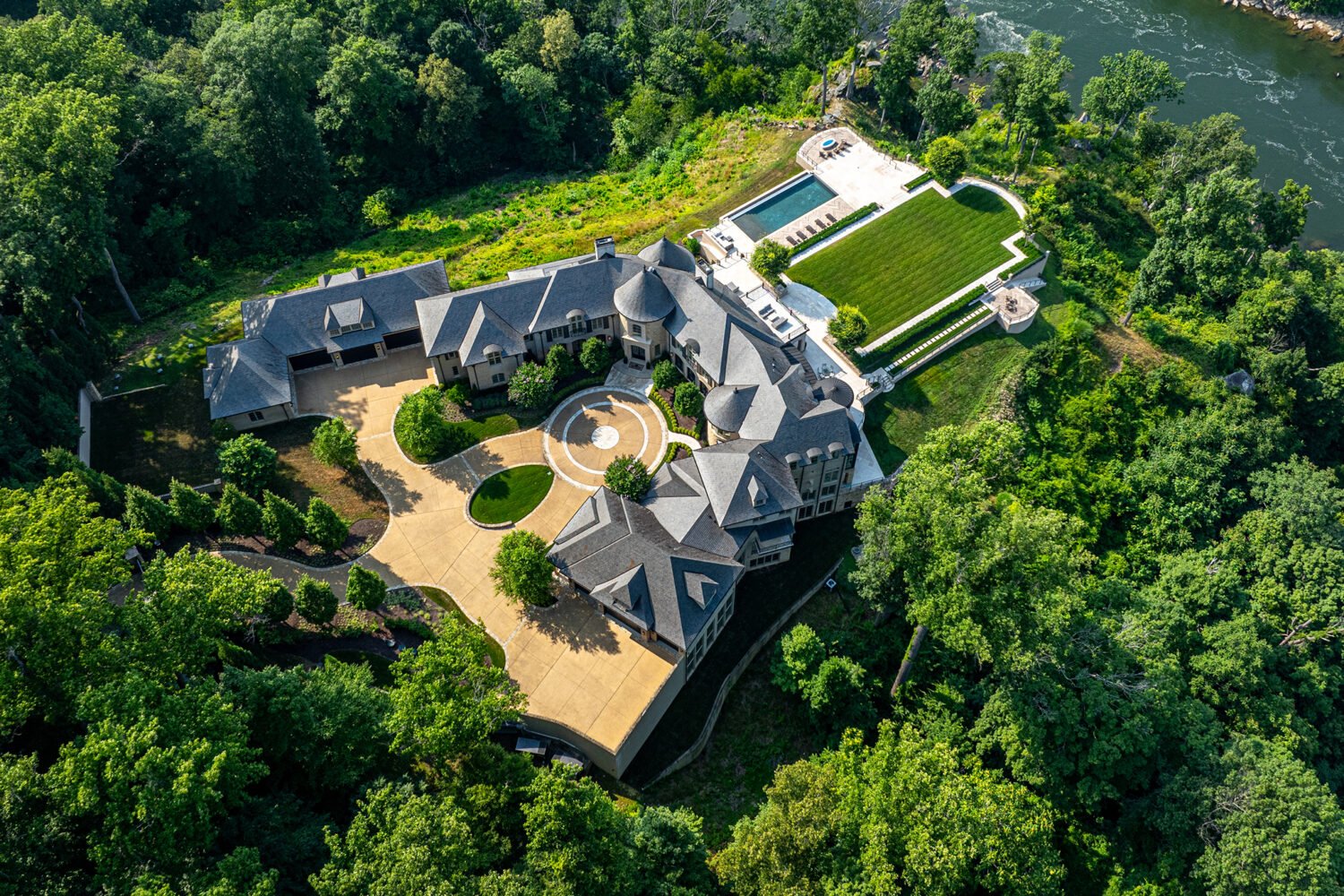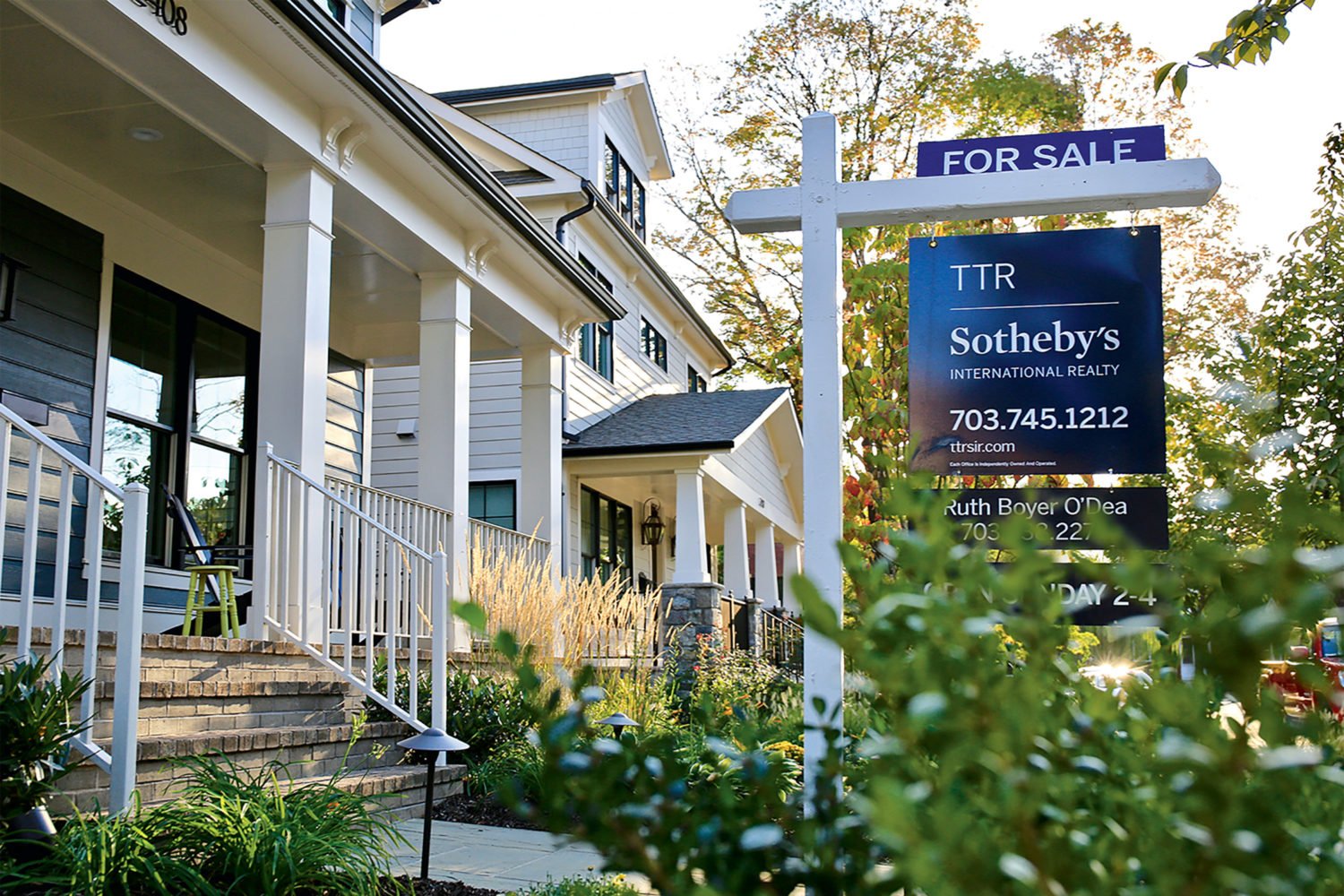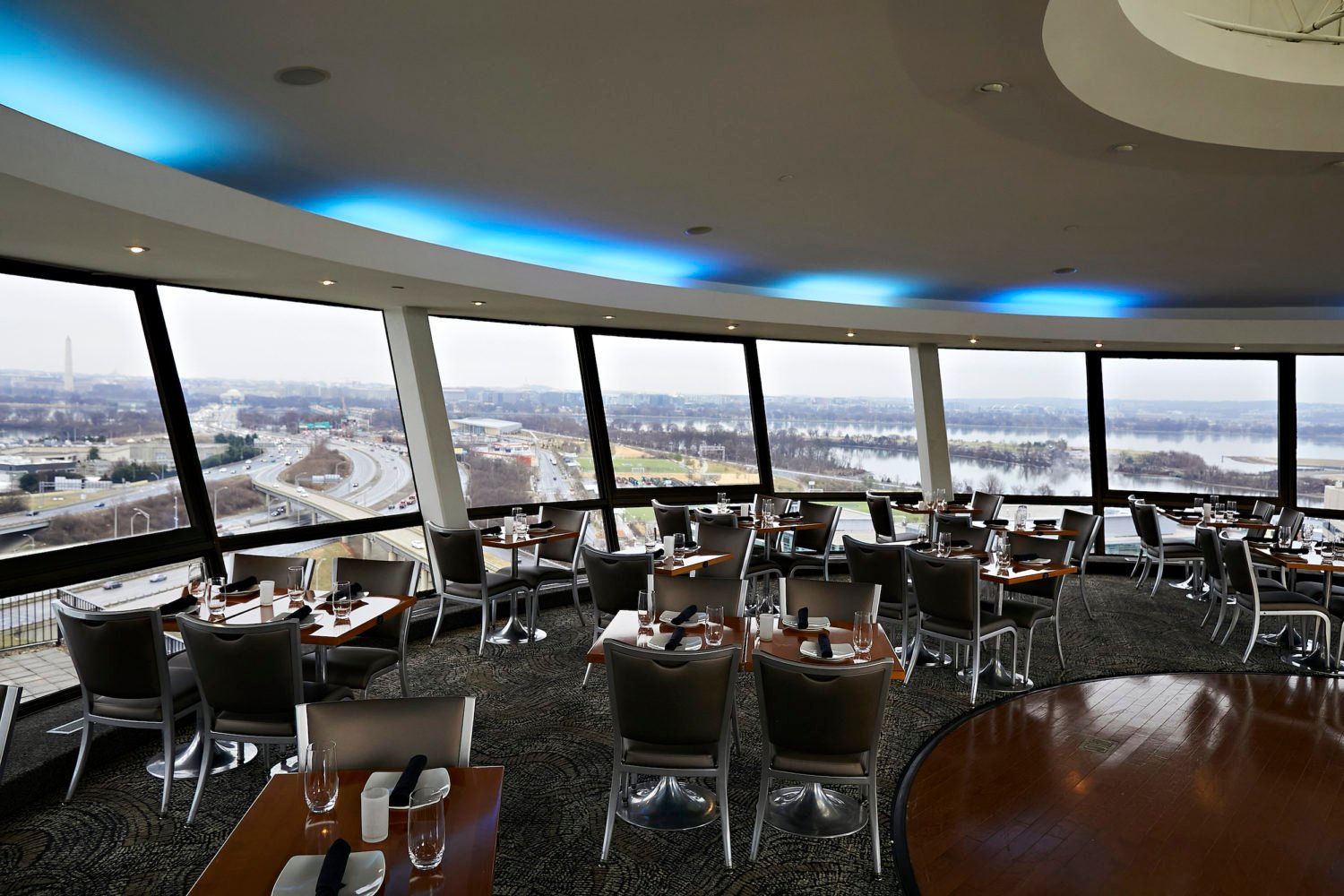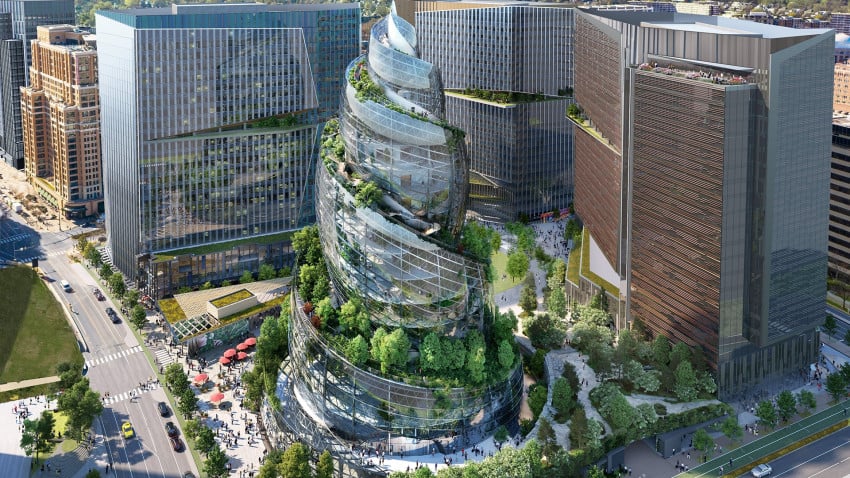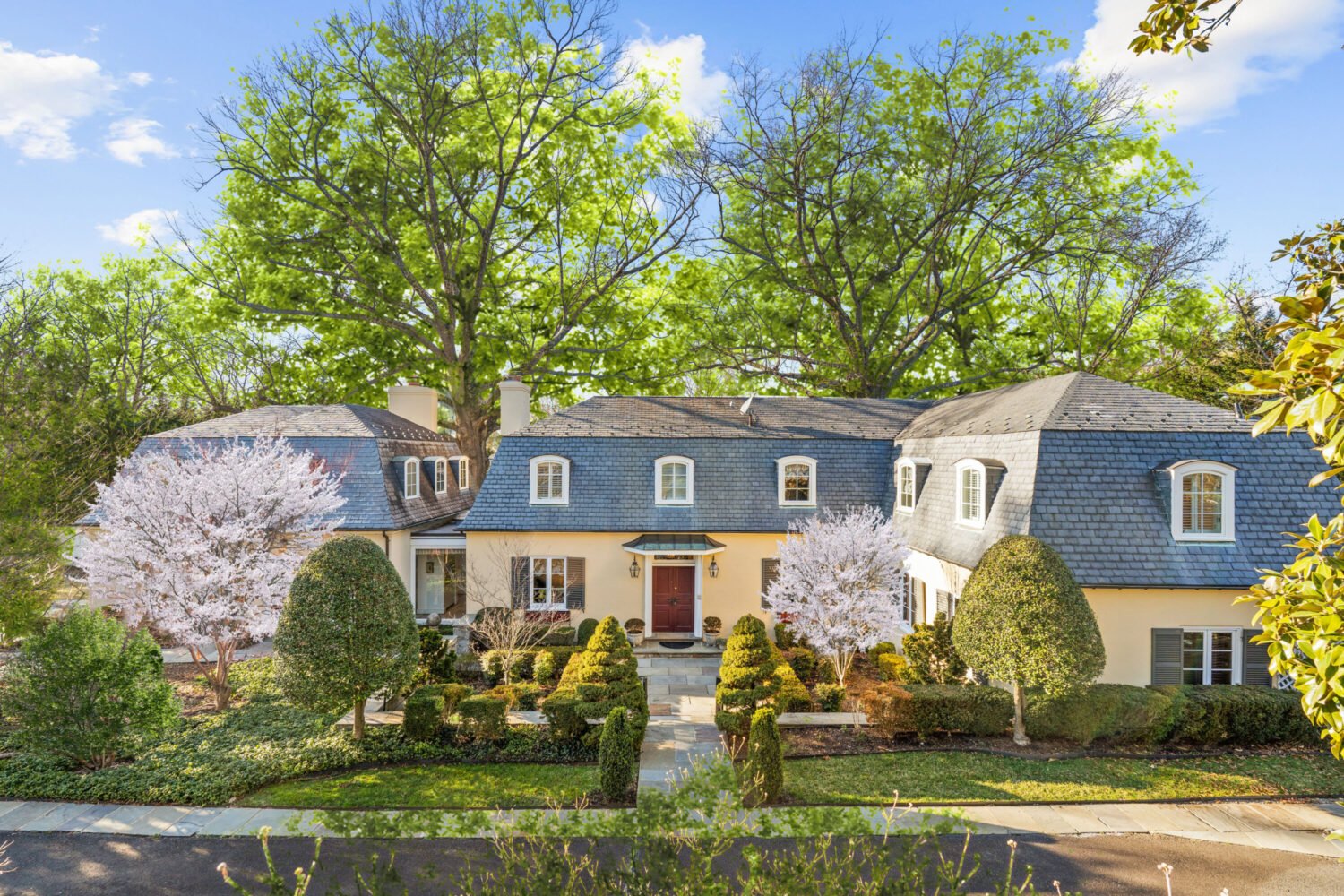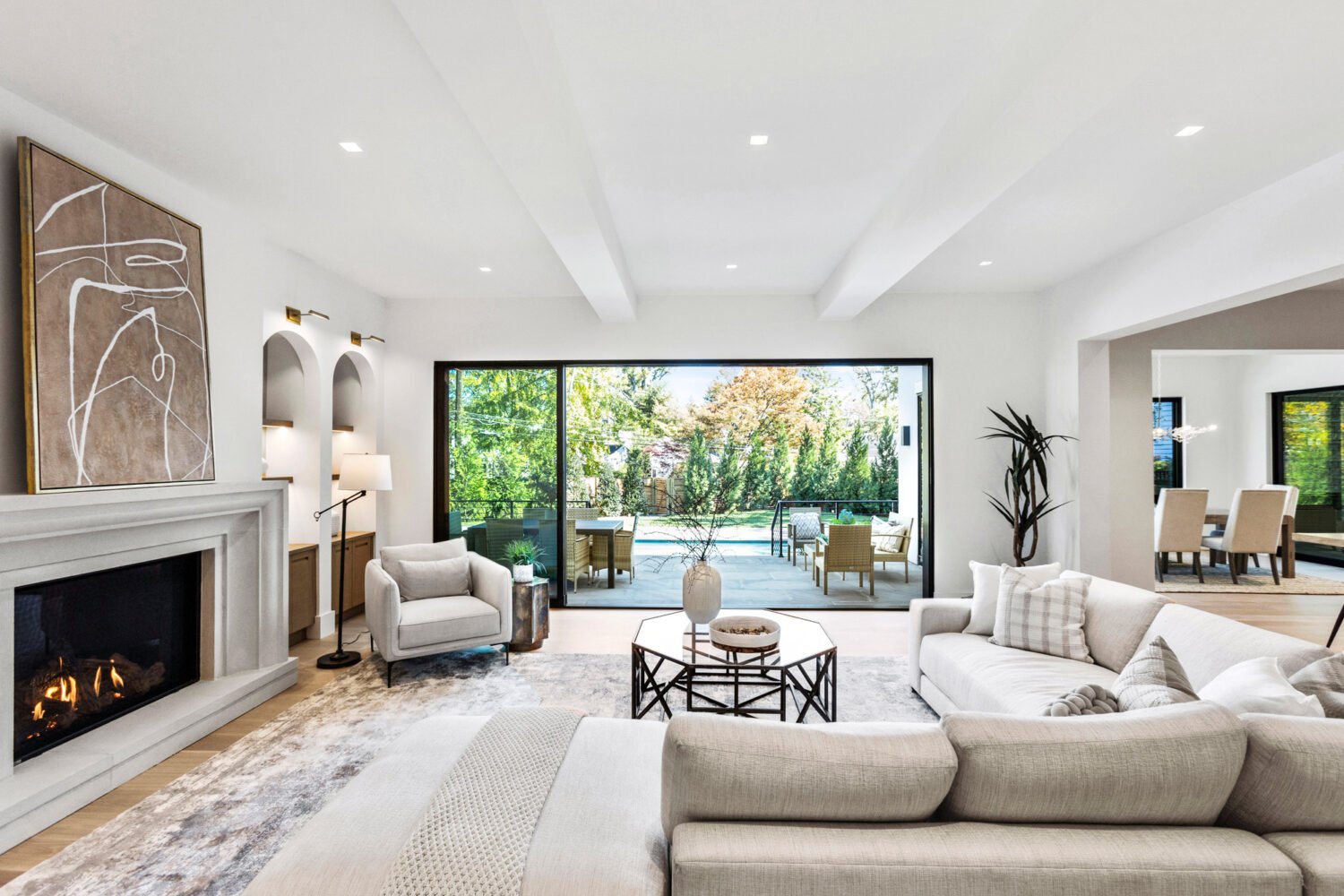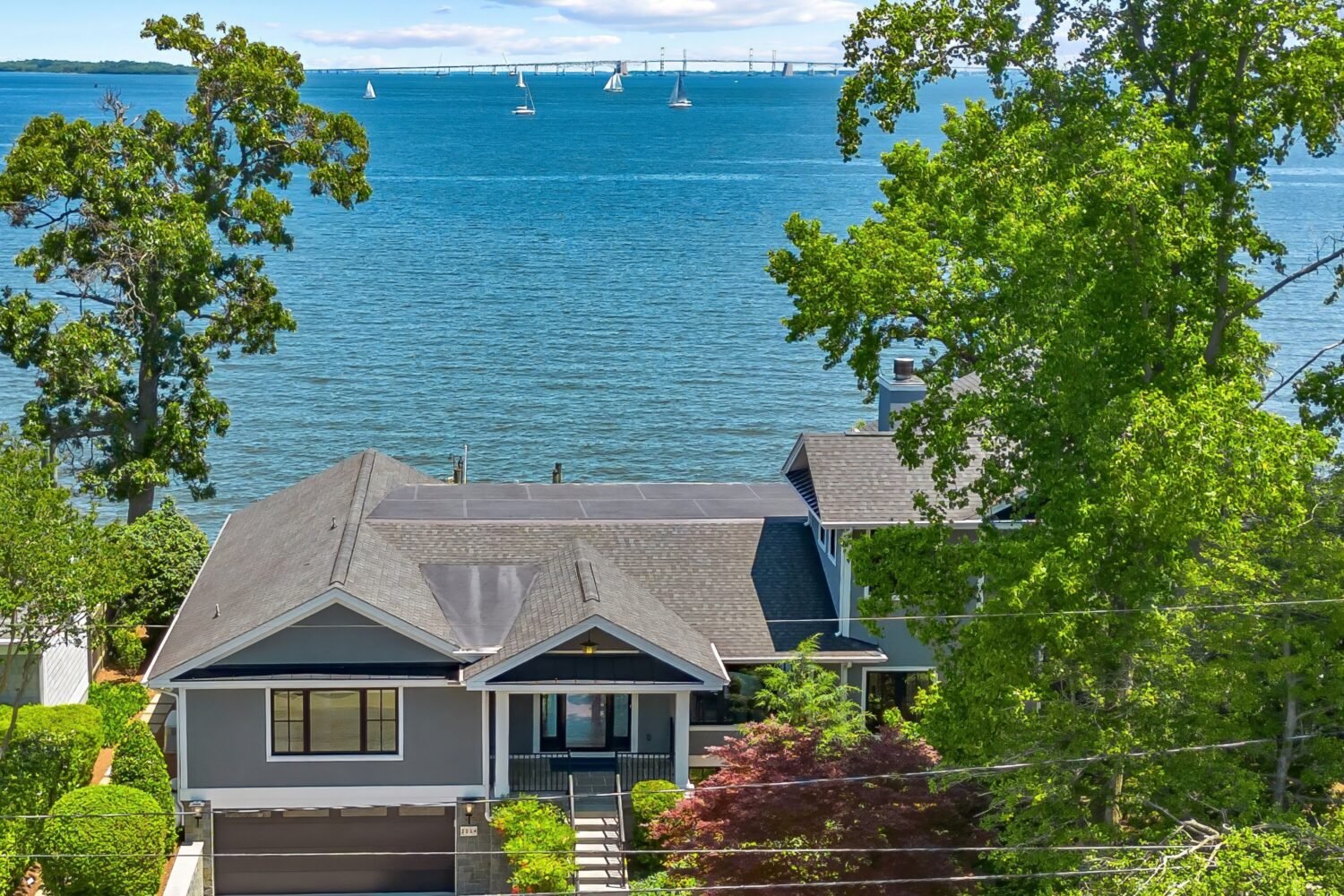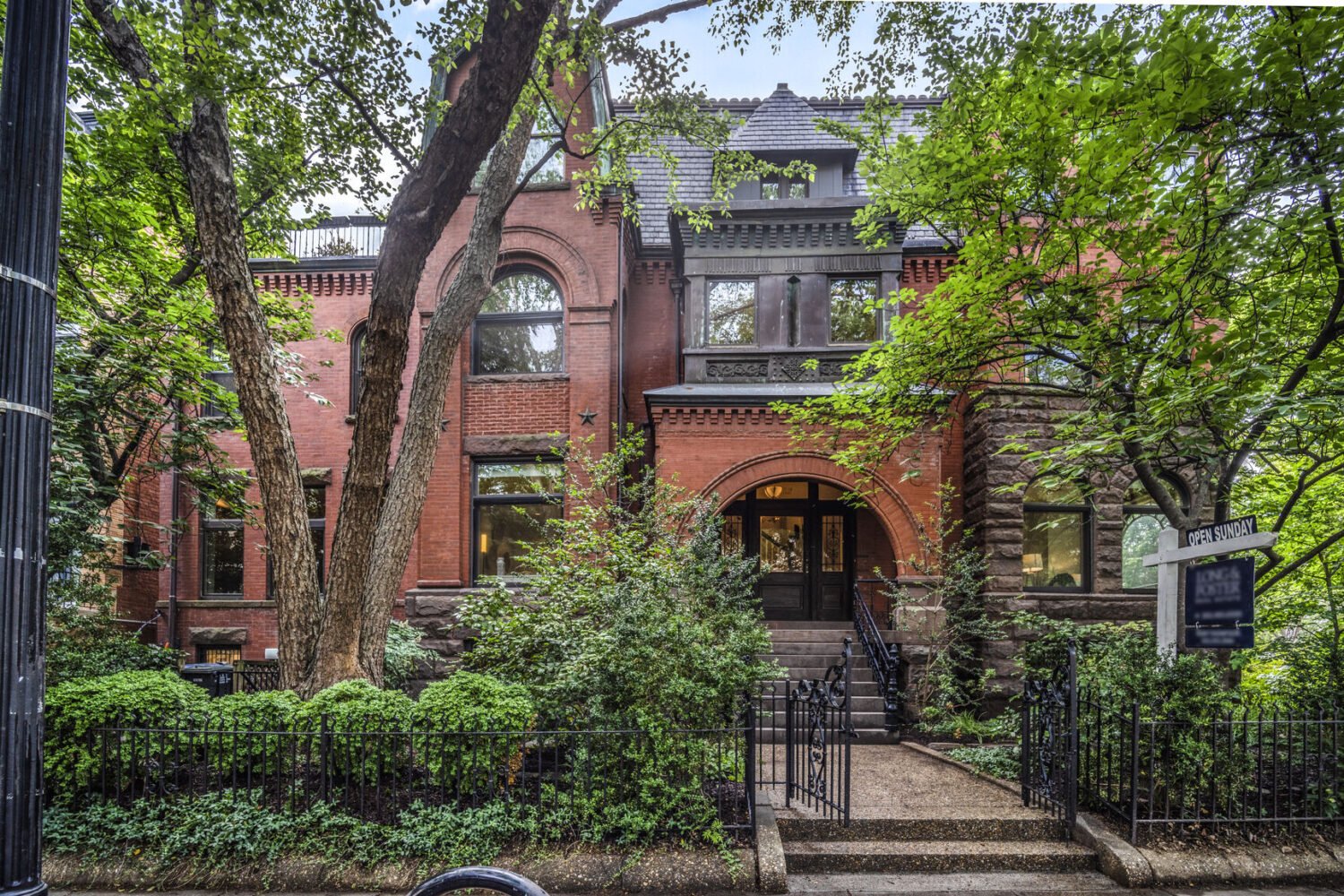Washingtonian is spending the day exploring Crystal City. Read all of our Crystal City Day coverage here.
When Crystal City emerged from a burned-out industrial wasteland, it looked like the future. Today, it looks like the past—a warren of Subways and shoe shine shops connected by sunless corridors. A closer look at Crystal City’s history reveals a community much like the ones developers strive to create today.
Crystal City was initially sold as a way to escape the crime and congestion of late-’60s DC without forfeiting the convenience of urban living. The life of Gerry Dost, a recently married, 32-year old patent examiner, was typical in Crystal City. The Post reported that he woke up, took the elevator down to G-1, and then popped up to work in another elevator. A snowstorm that clogged the District elicited a smile from Dost. His walk to work was always 70 degrees. It was The Jetsons without the flying cars.
And like The Jetsons, it was white. Black people were banned from renting in the complexes they worked in until residents pressured the city’s management. An official for the firm that developed Crystal City framed the race issue more euphemistically: “The need arose,” he said, “to create a self-contained environment so the residents would feel there was a desirable place to live despite the surroundings.” A local dentist compared the Potomac to a moat protecting the Crystal City castle from the “crime-torn metropolis.” A 14-person police force guarded the castle.
Below it all was the underground mall. When it opened in 1976, developers were proud that they had steered clear of chain stores in favor of shops like Larimer’s, an independently owned gourmet grocery and wine store. The underground’s manager said it was built with “turn-of-the-century traditions” in mind. The smallest shops were scattered along an “Antique Alley,” and when the store owners in this little village grabbed lunch, they hand-wrote notes telling customers they’d be right back.
Not everyone loved it. Jane Jacobs’ ode to clothesline-and-corner-store Manhattan dropped a decade before. It was easy to knock Crystal City down as a sterile fabrication devoid of urban life’s grit. The Post quoted a report warning that high-rise apartments would become “fortified cells for upper-middle and high-income populations.” The author cheekily asked if cybernetic-cities were next. Was it really possible that the future had “come to life in little old Arlington County, Virginia?”
Others argued the planning didn’t go far enough. In their view, Crystal City was a patchwork of buildings masquerading as a modernist masterpiece. Unlike true “omnibuildings” designed as a coherent whole, Crystal City had been assembled slapdash. They imagined something more like a Medieval castle or Seward’s Success—a never-realized indoor city in Alaska. Instead of this utopia, one planner gruffed that they got a “monumental series of glass blocks.”
The back-and-forth didn’t stop people from moving in. Apartments in Crystal City had waiting lists, and builders kept building. Residents liked that it was convenient and safe, but it wasn’t just that. Buildings had become sterile and unidimensional, Malcolm Rivkin, a Washington urban planner, argued. Crystal City would reverse this by giving residents “diversity in their immediate environment,” he said. Residents agreed. They could go to the spa, the movies, and the pool, all without leaving the comfortable confines of Crystal City. One woman was rumored to have stayed in Crystal City for six months in a row. Patricia Davis, the wife of Dost’s colleague, only left for church. “It’s a new kind of living,” Dost said.
Today, Gerry Dost and his partner would likely live in a neighborhood like Shaw or the Atlas District. The Apollo on H Street Northeast—up to $2,959 a month for 439 square feet—would be a good fit. The buildings’ website boasts that you can host a rooftop movie, workout in an old boxing gym, grab a craft coffee, and shop at Whole Foods “all without leaving the building.” U Street’s Atlantic Plumbing—with its garden plots, and Yoga and spin studios—or the Shay in Shaw would also work.
Unlike Crystal City, these buildings nod towards the past. Atlantic Plumbing’s exterior is a matrix of oxidized I-beams, and the Apollo takes its name from a theater that opened in 1913. But behind the facade is the modern promise of a self-contained life.
The difference is that today people pay much more for the privilege of living one. In 1970, an efficiency in Crystal City went for about $850 in today’s money. At some point, more than a few DC renters are bound to ask if the Apollos of the world are worth it. After all, you can get a three-bedroom in Rockville for the price of a shoebox on U Street.
But for now, we keep packing ourselves into apartments that may come to look much like their Crystal City predecessors. Back in 1970, a Washington planner said the real question with Crystal City was whether it it could “nurture the city rather than destroy it—whether this is going to be a new dream for America that works out or another one like those we have had shattered in this past decade.”
The same hyperbolic spirit seizes us today. Developers sell today’s vision of an ideal urban life—proudly announcing that “these aren’t your cookie-cutter apartments in NW DC.” But if Crystal City’s history is any indication, tenants will eventually move on to a new dream of future living. And when they do, they’ll pass by the glass blocks at the Shay, feeling sorry for the saps stuck in Shaw.

